Today we turn to eternal formats again to discuss Animate Dead and remember whether Protection works in graveyards.
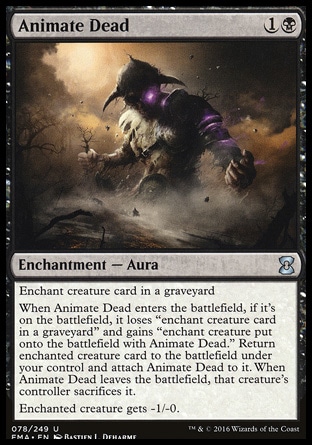
Oracle Text:
Enchantment — Aura
Enchant creature card in a graveyard
When Animate Dead enters the battlefield, if it’s on the battlefield, it loses “enchant creature card in a graveyard” and gains “enchant creature put onto the battlefield with Animate Dead.” Return enchanted creature card to the battlefield under your control and attach Animate Dead to it. When Animate Dead leaves the battlefield, that creature’s controller sacrifices it.
Enchanted creature gets -1/-0.
Animate Dead is one of those cards that makes you dig through the Oracle to understand properly. Thanks to GP Amsterdam in Legacy format, I actually managed to learn its text. My dear readers have a chance to study it carefully. I stressed the most important words in the rules text. Let’s analyze them.
Enchantment — Aura
Enchant creature card in a graveyard
Animate Dead is an aura, its Enchant ability defines what this aura spell may target, and what this aura permanent may enchant. We have already scrutinized auras when we got Spirit Mantle under the microscope. If you are confused with any words in this paragraph, I suggest you read that article.
Anyways, we can see that the Animate Dead spell is targeted, and a legal target for it is any creature card in a graveyard. It doesn’t have to be your graveyard.
Emrakul card in a graveyard is a legal target for Animate Dead. If you are confused with the fact that she has Protection from colored spells, you need to remember that Protection only works while Emrakul is on the battlefield.
You may certainly find Emrakul in a graveyard: Disallow, Yixlid Jailer or Leyline of Anticipation will allow you to enchant her with Animate Dead.
What happens when the creature card is removed from the graveyard?
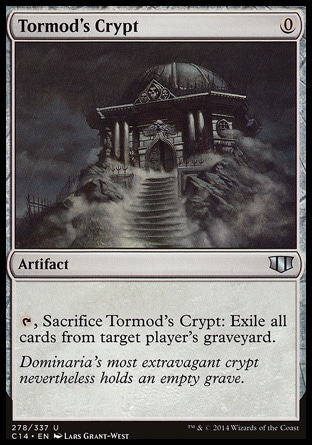
It depends:
The text that follows:
”When Animate Dead enters the battlefield, if it’s on the battlefield, it loses “enchant creature card in a graveyard” and gains “enchant creature put onto the battlefield with Animate Dead.” Return enchanted creature card to the battlefield under your control and attach Animate Dead to it. When Animate Dead leaves the battlefield, that creature’s controller sacrifices it” -
is a triggered ability. Its triggering event is Animate Dead entering the battlefield. That is when the ability triggers. In fact, it doesn’t matter how exactly Animate Dead appears on the battlefield: through casting it or applying another effect that allows putting it directly onto the battlefield (such as Show and Tell or Sun Titan).
In order to get some effect from this ability, you need to get it to resolve. Otherwise none of the things described above takes place.
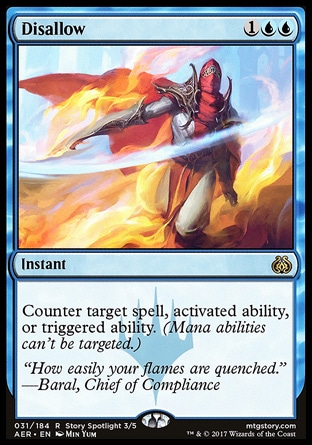
— May Animate Dead’s ability get “Stifled”?
— Why not, it is a triggered and not a mana ability.
— Will I manage to do it in time?
— Magic isn’t a reaction game. In order to get an ability to resolve, both players must pass in a row. This means you will eventually get priority and will be able to cast Stifle.
— What happens then?
— This one is curious. Animate Dead’s trigger is countered, so it doesn’t produce its effect, which means that Animate Dead doesn’t lose “Enchant creature card in a graveyard” and doesn’t get another Enchant ability; the delayed triggered ability reacting to Animate Dead leaving the batlefield isn’t created. Therefore, Animate Dead remains on the battlefield attached to a creature in a graveyard. Its static ability “Enchanted creature gets -1/-0” does nothing sicne it isn’t enchanting a creature (but a card in a graveyard).
— What happens if the creature leaves the graveyard?
— As a result of SBA, Animate Dead will go to the graveyard.
— What happens if the creature returns to the battlefield? Will it have to be sacrificed?
— Nope. No delayed ability was created that would react to Animate Dead’s leaving.
The word “if” in the text of the triggered ability, and the very condition “it’s on the battlefield” tell us that this ability is conditional. If the condition isn’t met, the ability doesn’t trigger. The condition is checked yet again as the ability resolves. This process is similar to checking the legality of targets.
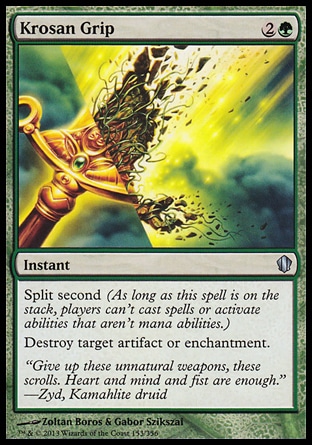
If the cunning opponent destroys Animate Dead before its trigger resolves, then as we make the condition check, we realize Animate Dead is no longer on the battlefield, so the trigger’s effect isn’t performed.
If the triggered ability resolves, the following things take place:
- Animate Dead loses the “Enchant creature card in a graveyard” ability and gains a new Enchant ability: “Enchant creature put onto the battlefield with Animate Dead”. Now Animate Dead may only be legally enchanting the creature that was put onto the field through the effect of its trigger.
- The enchanted card is put onto the battlefield under the control of the player in control of Animate Dead’s trigger (see example in the end of this article), and Animate Dead is attached to that creature if that is possible.
- A delayed triggered ability is created: “When Animate Dead leaves the battlefield, that creature’s controller sacrifices it”.
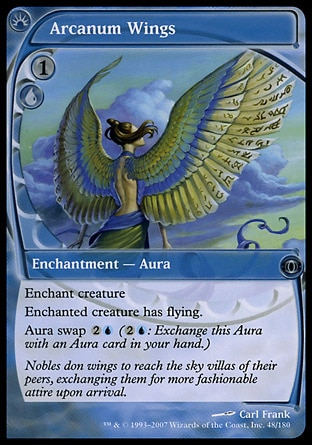
It is not possible to move Animate Dead onto another creature. Its Enchant ability defines what creatures it may enchant, and this one is unique to the specific creature put onto the battlefield with its other effect.
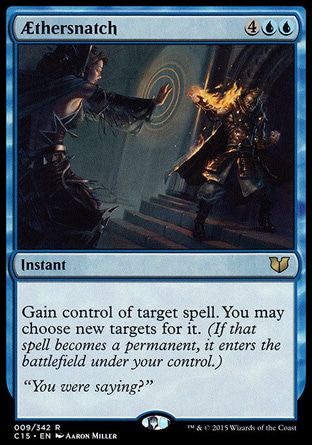
If you cast Animate Dead and your opponent gains control of it through Commandeer, then he is able to change Animate Dead’s target and get it under his control.
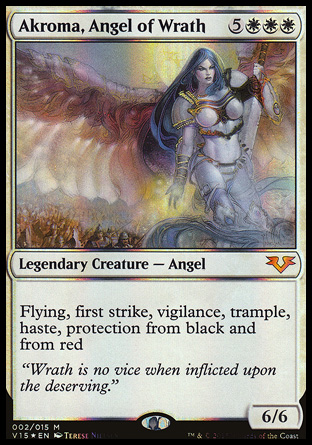
A black aura may not be enchanting an Akroma on the battlefield, since Akroma has Protection from black. Upon the nearest SBA check Animate Dead will be put into the graveyard, which will cause the delayed trigger to go off, resulting in sacrificing Akroma.
If the creature put onto the battlefield through Animate Dead has any EtB-abilities or static abilities modifying the way they enter the battlefield, such triggers go off, and such abilities have effect.
Animated Phyrexian Metamorph may have a creature chosen to copy.
Primeval Titan will search for lands.

You will name a card for Meddling Mage.
Neither the delayed triggered ability created as Animate Dead’s trigger resolves, nor its static ability “Enchanted creature gets -1/-0” grant enchanted creature any abilities. Therefore, they may not be removed with effects that “erase” abilities:
Turn’s effect won’t save the creature from the trigger reacting to Animate Dead leaving the battlefield. By the way, your Weird will be 0/1.
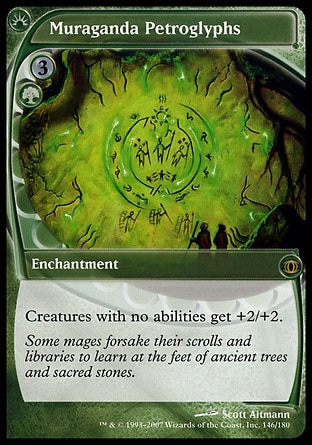
A vanilla creature enchanted with Animate Dead gets the bonus from Muraganda Petroglyphs.
Oh and sure thing, the delayed trigger may be countered after it is put onto the stack. In that case you don’t sacrifice the creature.
Curious moments:
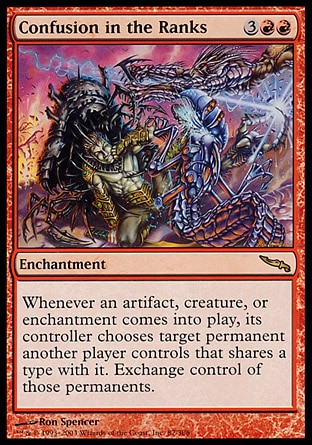
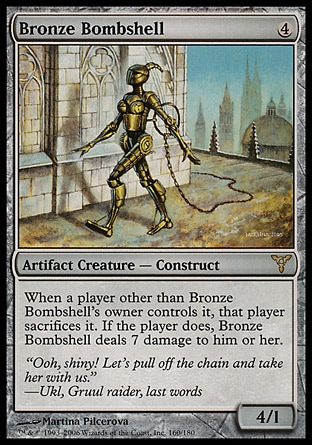

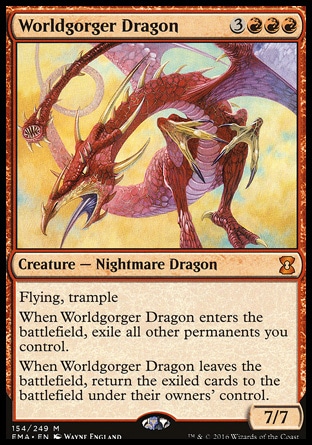
You cast Animate Dead targeting Worldgorger Dragon in a graveyard. As Animate Dead’s trigger resolves, Worldgorger Dragon is put onto the battlefield, which triggers its first ability. When this one resolves, all permanents under your control including Animate Dead are exiled. This is where the delayed trigger generated by Animate Dead’s ability goes off, which causes you to sacrifice Worldgorger Dragon on resolution. As soon as it leaves the battlefield, its second trigger goes off, which returns all exiled cards under their owners’ control on resolution. Animate Dead reappears on the battlefield, its trigger goes off again.
As you already know, when an aura enters the battlefield not through an aura spell resolving, you must choose a legal object it could enchant. For Animate Dead it is a creature card in a graveyard.
If it so happens that Worldgorger Dragon is the only creature card in all graveyards, the whole process is repeated. The game finds iself in a loop with only compulsory actions, so it ends in a draw.
If there appears to be another creature card in any graveyard, Animate Dead’s owner may choose it, which will break the loop. In fact, he is obliged to do it after he expresses the shortcut saying something like “I repeat this iteration one hundred billion times”. Why would he swing the dragon back and forth? There might be other permanents involved in the loop, so he might want to stack up many zone-change triggers, or gain “infinite” mana etc.
We already talked about infinite loops when we scrutinized Grindstone.
- ⇑ Fizzle — slang expression to describe the event when a spell or ability doesn’t resolve due to having lost all of its targets.
Translated by Witas Spasovski

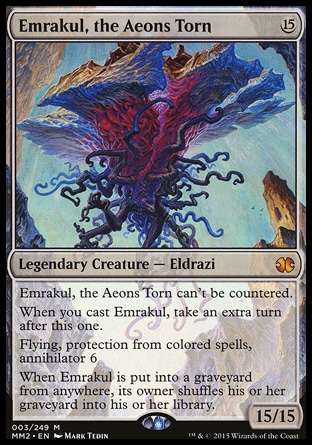
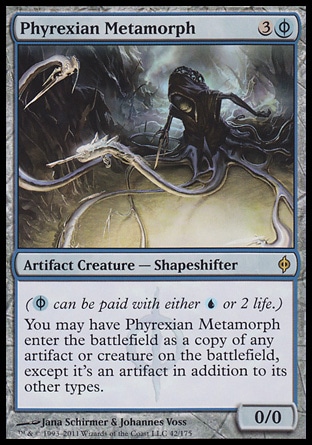
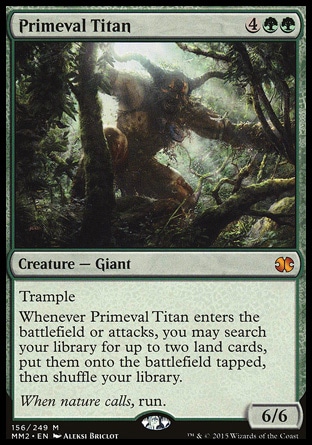
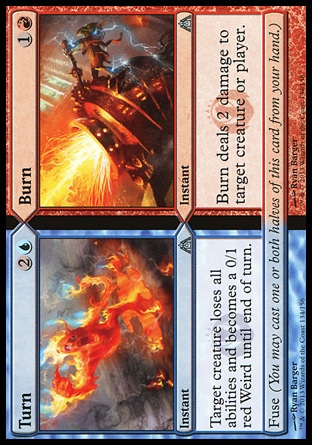
— Player N controls Confusion in the Ranks and some artifact. Player A has nothing but lands which are all nonartifact. Player A casts Animate Dead targeting Bronze Bombshell, the only creature in player N’s graveyard. What happens?
— When Animate Dead enters the battlefield, two triggers go off: its own and that of Confusion in the Ranks. The active player’s trigger goes onto the stack first, and so Confusion in the Ranks’ trigger gets to resolve first. Player N gets Animate Dead under his control, and gives up Confusion in the Ranks under player A’s control.
Now we have player N in control of Animate Dead, and player A in control of its trigger on the stack. When the trigger resolves, player A puts Bronze Bombshell onto the battlefield under her control (Confusion in the Ranks triggers at this moment) and attaches to it Animate Dead controlled by player N. Bronze Bombshell’s ability triggers. Both triggers are now controlled by player A, so she puts them onto the stack in the order she chooses. If Confusion in the Ranks’ trigger is put onto the stack first and Bronze Bombshell is exchanged with some artifact, she cannot sacrifice Bronze Bombshell at its trigger’s resolution since she no longer controls it.
As a result, player A will control Confusion in the Ranks and some artifact, and player N gets Bronze Bombshell and Animate Dead. That artifact had better been good, otherwise the whole shenanigans would be pointless!